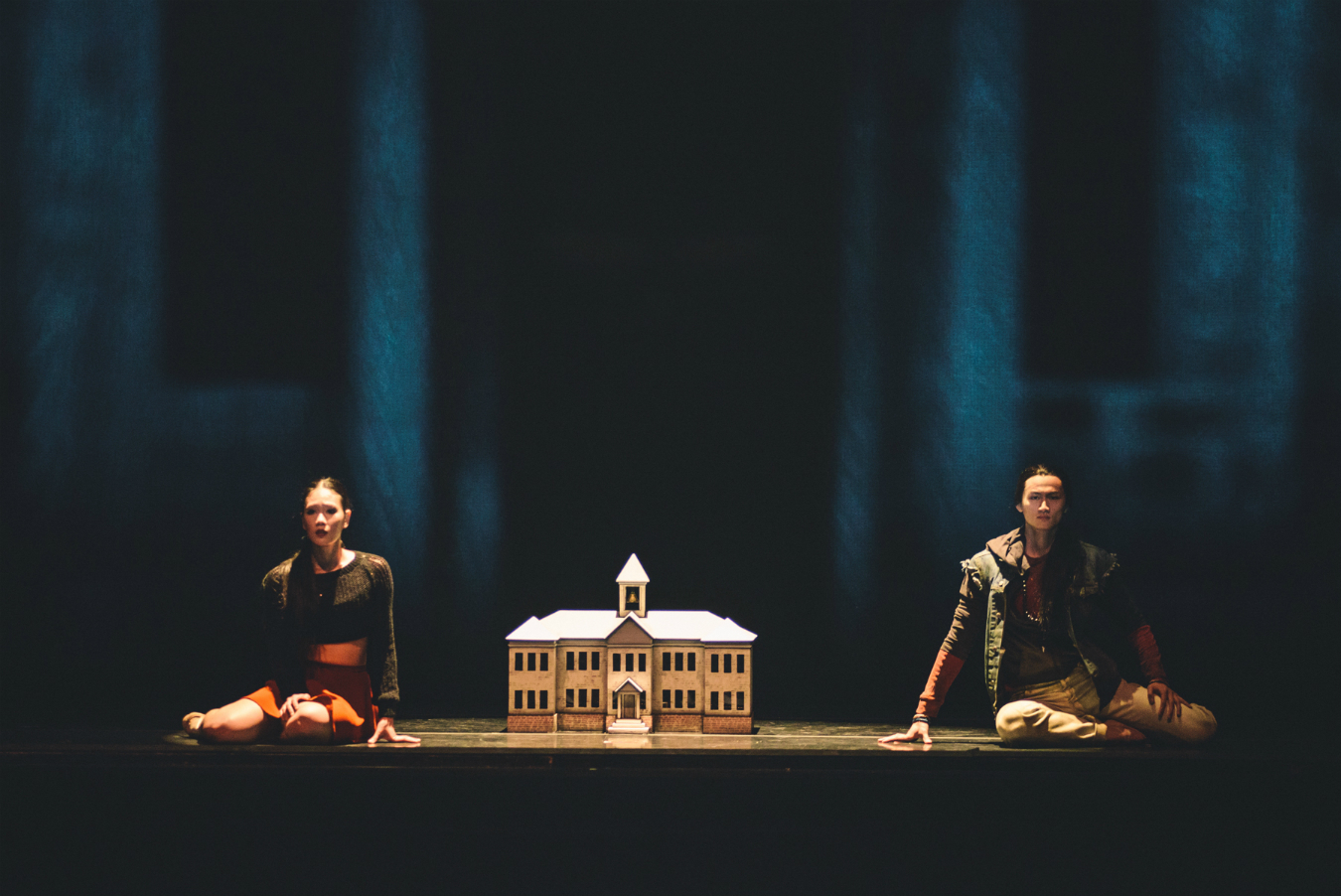Joseph Boyden is speaking from his home in New Orleans. He wrote the story for the Royal Winnipeg Ballet’s presentation of Going Home Star – Truth and Reconciliation, which premiered in October 2014 and played to great acclaim. The powerful work, which tells the story of Canada’s residential schools, is now coming to Vancouver’s Queen Elizabeth Theatre from April 7 to 9. “I wrote most of it while I was on a book tour for my novel The Orenda,” Boyden says. “It was interesting, completely different than writing fiction, but I was happy to be involved.”
Going Home Star had a genesis of almost a decade, says Royal Winnipeg Ballet artistic director André Lewis. “It really stated with The Ecstasy of Rita Joe,” he explains. “That play was a profound influence on me, and when actor Tina Keeper (who was also a member of parliament) and I were discussing how to do something about indigenous peoples’ issues in ballet form, this work began to take shape.” The Truth and Reconciliation Commission was from the outset meant to be part of the focus: Lewis says “the complex cultural issues within indigenous communities, and also in terms of non-indigenous cultures, was something we wanted to explore, and share, with a wider audience.”
Boyden had “extensive conversations” with Godden, but the task for him was mainly “how to tell this story,” he says. “The weight is there, but how to tell it. I thought a contemporary setting would work, using it as a way to open wide a door into the residential schools. It certainly has an interpretational aspect, but it is the most expositional writing I have ever done. That is what was required.” Lewis says everyone worked hard to ensure there was no appropriation. “We wanted to create something that represented the core of the Truth and Reconciliation Commission, but we needed it to be potent, poignant,” he explains. “It has had a fantastic response, and I think in part that is because it is not only an aboriginal story, but really a Canadian story.”
__________
Read about the finer things in life. Visit our Arts page.












